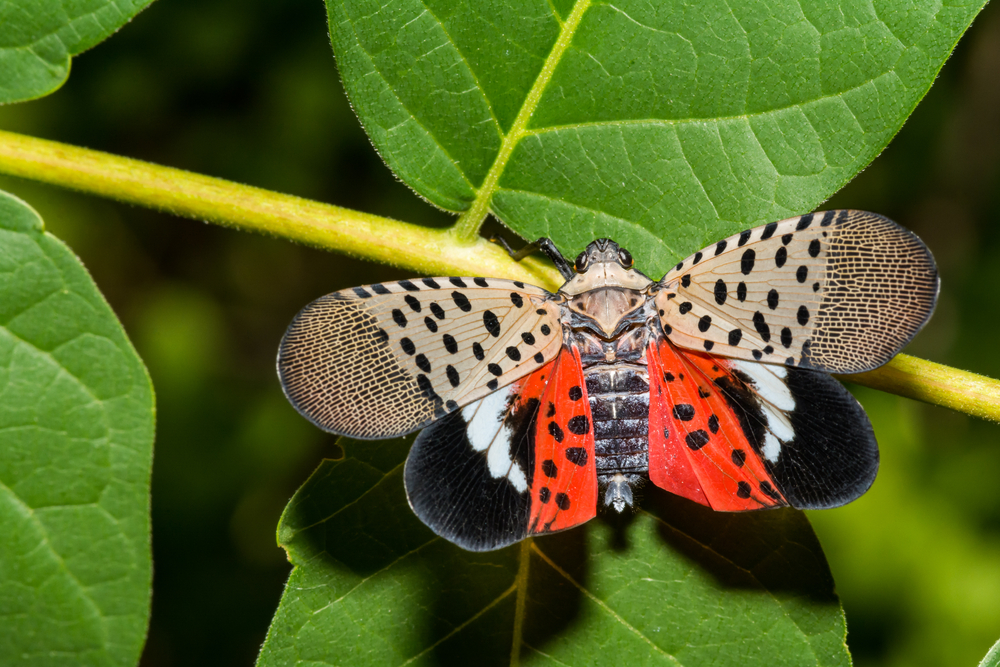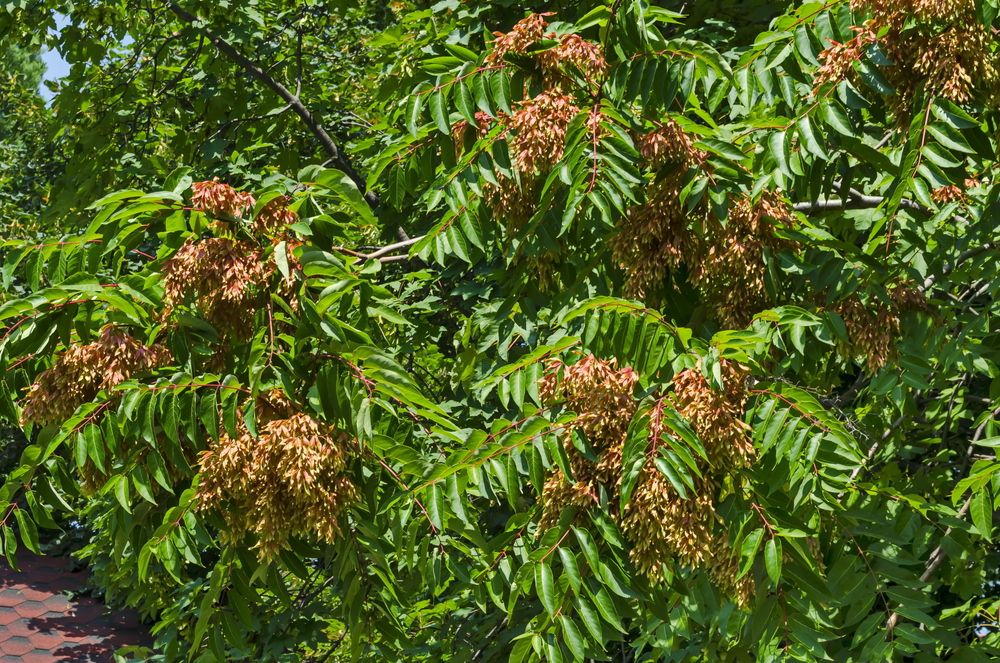What do the Spotted Lanternfly and the Tree of Heaven have in common?
They’re both invasive species that pose a serious threat to the plants around them and often result in the death of surrounding plants. Not only that, but the Tree of Heaven is the Spotted Lanternfly’s home of choice – making these two a deadly combo. According to the Virginia Department of Agriculture and Consumer Services (VDACS), the Spotted Lanternfly is an invasive species that infests Warren County and nearby cities such as Winchester. It’s such a big issue that the VDACS is asking residents who spot these pests to “smash” and report any sighting of them.
What is the Spotted Lanternfly?
The Spotted Lanternfly is an invasive pest that feeds on sap from a variety of host plants, though its favorite is the Ailanthus altissima – better known as the Tree of Heaven. The insect was first spotted in the United States in Pennsylvania back in 2014 and spread to Virginia in 2018.
[The Spotted Lanternfly can be identified by its grayish spotted wings, black body, white spots on its head and pronotum, and reddish-orange patches on its abdomen.]
Why should I worry about the Spotted Lanternfly?
While these pests don’t pose any physical threat to humans or animals, they are a large threat to the health of a number of plant species and the agricultural industry. When a Spotted Lanternfly feeds on plants the resulting damage puts significant stress on the plant, and the sugary substance the Lanternfly leaves behind encourages the growth of black sooty mold. The Spotted Lanternfly has the potential to devastate our local agriculture, especially our vineyards and apple orchards, as well as hardwood trees. Its preferred host plant is the Tree of Heaven.
What is the Tree of Heaven?
Another species that isn’t native to North America, the Tree of Heaven was brought to the continent by early settlers. It was popular because of how easy it was to plant and establish, how quickly it grew, and the fact that it didn’t seem to have an issue with being infected by insects or diseases. All this made it a popular plant when it came to landscaping. However, what was once considered a luxury plant is now considered an invasive species that leads to a plethora of environmental issues.
Without any natural enemies in this region, it grows quickly and aggressively takes over large areas of land. Once the tree has been established, it is incredibly difficult to get rid of due to its extensive root system. This rapid growth process leads to the crowding out of natural plants, creating an imbalance in the ecosystem that puts populations of native plants and animals at risk.
Not only is this plant dangerous for its quick invasion and deep root system, but it is able to inhibit the root growth of native species with its toxic leaf litter leachate. This enables the Tree of Heaven to compete better for space, water, nutrients, and light.
They also reproduce through airborne seeds which results in even more trees popping up every year from spring until late fall when the leaves turn brown before dropping off in the wintertime.
How do you identify a Tree of Heaven?
A tree of heaven has rough gray bark with vertical fissures that resemble the rind of a cantaloupe. The leaves have a frond-like appearance and the smaller leaflets are smooth, without serrated edges. Tree of Heaven has a couple of native variety look-alikes, such as Black Walnut- so make sure you have the right species before removing it.
Why take action against these invasive species?
Warren County is already an area of concern for the Spotted Lanternfly. In part, this is because the Tree of Heaven is one of the most common plants in the area and grows all over town. It’s important to take action against these invasive species to avoid damage to the local agriculture, orchards, and vineyards that are an integral part of our region’s culture and economy.
What’s next for stopping the spread of this tree and insect combo?
While killing existing Spotted Lanternfly is a good first step, taking preventative measures will also be necessary to limit their damage.
A good first step is to remove any Tree of Heaven on your property. Because of how deep and complex the root system of the Tree of Heaven is, it’s often difficult to completely remove these trees. Unfortunately, it isn’t as simple as getting a chainsaw and cutting them down, doing so will cause the tree to send out vigorous stump and root sprouts. Small, new sprouts may be able to be pulled by hand, but those that are well-established are very difficult to remove without professional tools and a lot of persistence.
Using herbicides is usually necessary to effectively control and remove Tree of Heaven; options with glyphosate or triclopyr are the most effective options that are least likely to harm other plants through the soil. The most effective approach will target multiple parts of the tree. When targeting the roots it is important to apply the herbicides in mid to late summer, because this is when the tree is moving nutrients to the roots. To target the portion of the tree use a “hack and squirt” approach by hacking small cuts into the trunk of the tree and spraying an herbicide into the cut. Unfortunately, it usually takes multiple attempts to effectively kill the tree. Some homeowners will find it necessary to work with a professional to completely remove the tree.
Addressing one habitat to limit the spread of two invasive species.
By working together to remove the tree of heaven as the root habitat of the spotted lanternfly, we can help to reduce the impact both of these invasive species have on our local agriculture and ecology.

